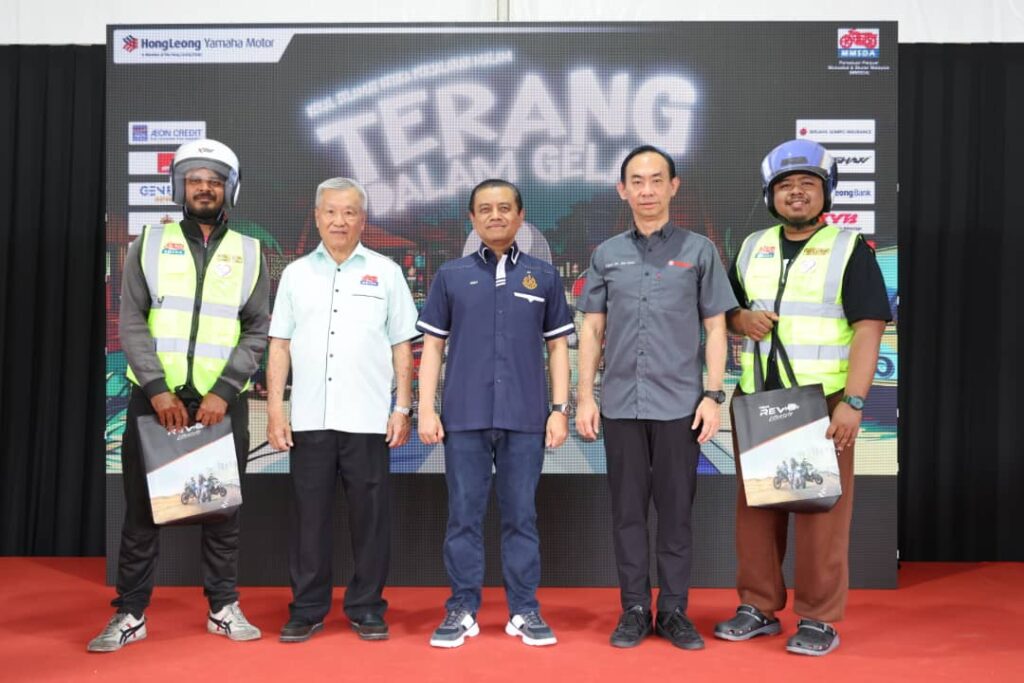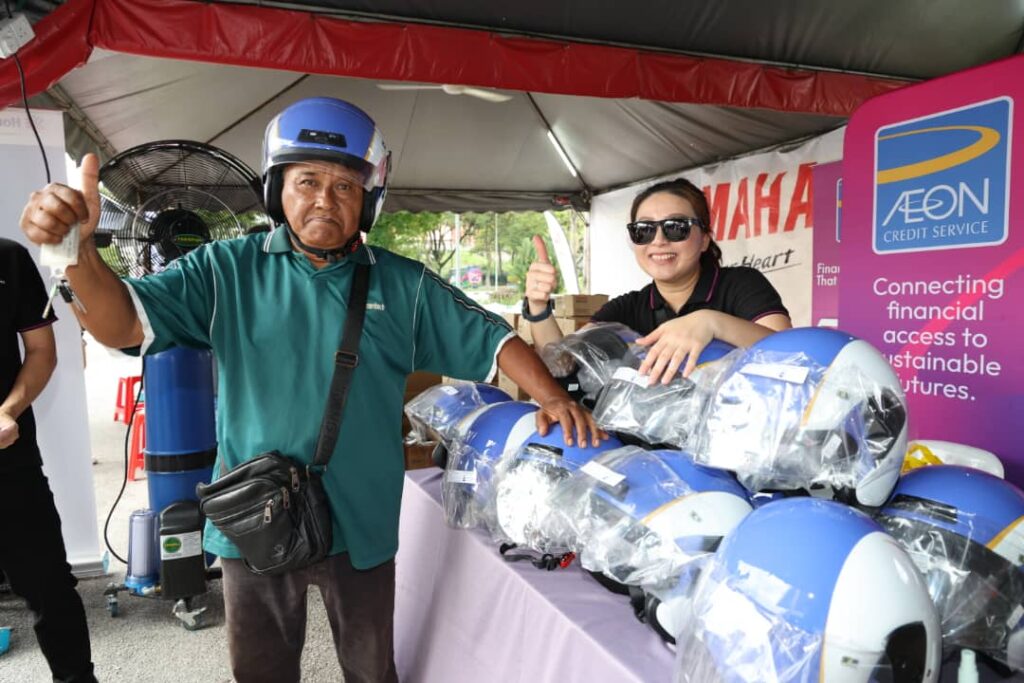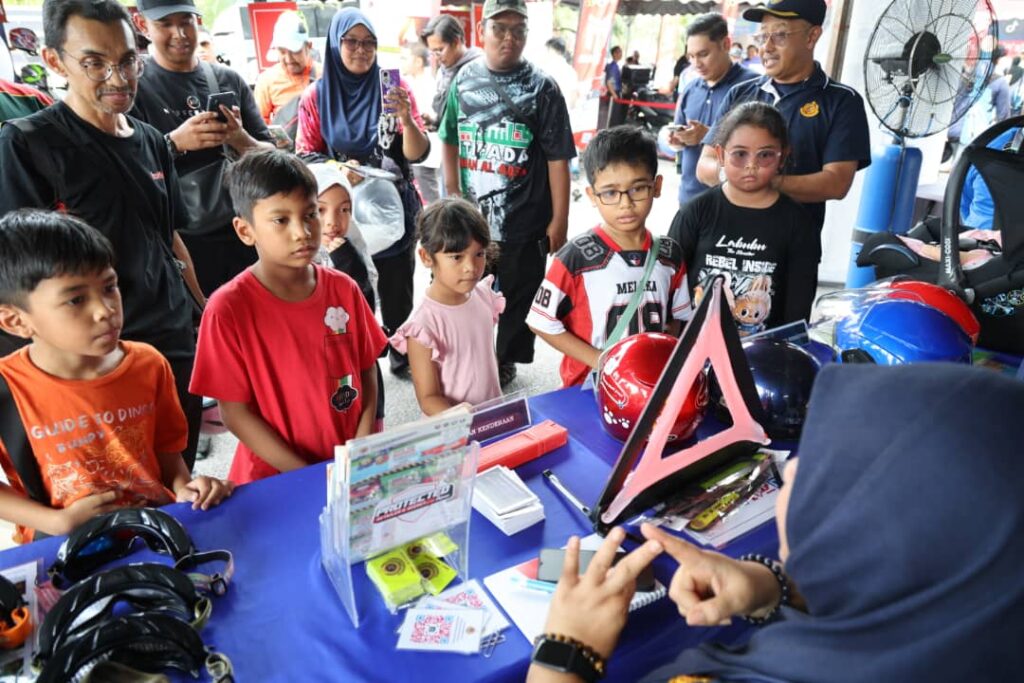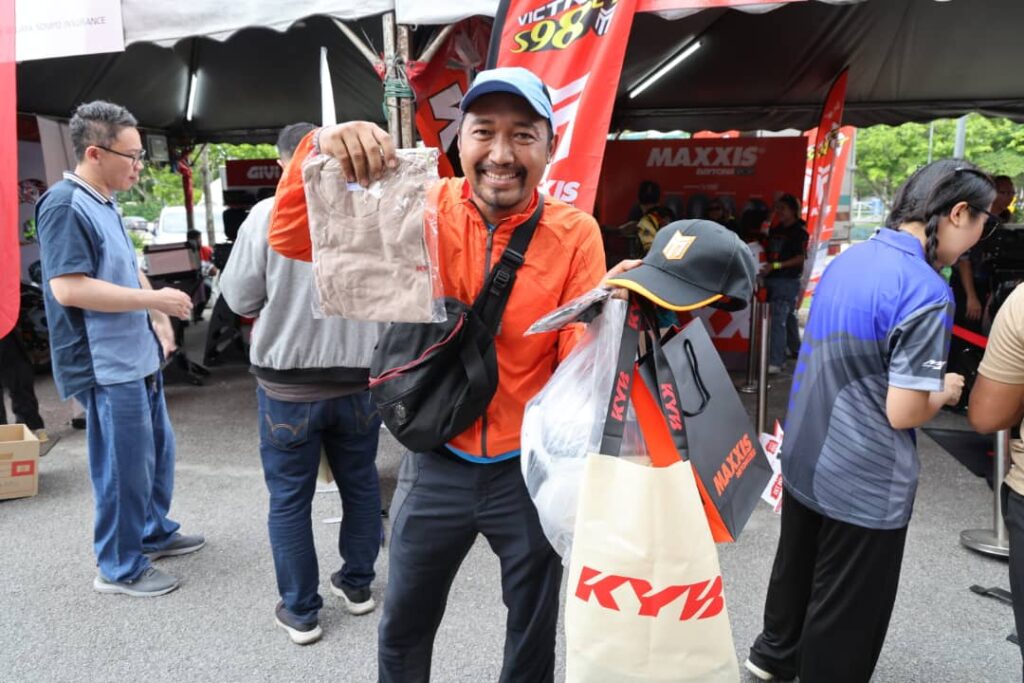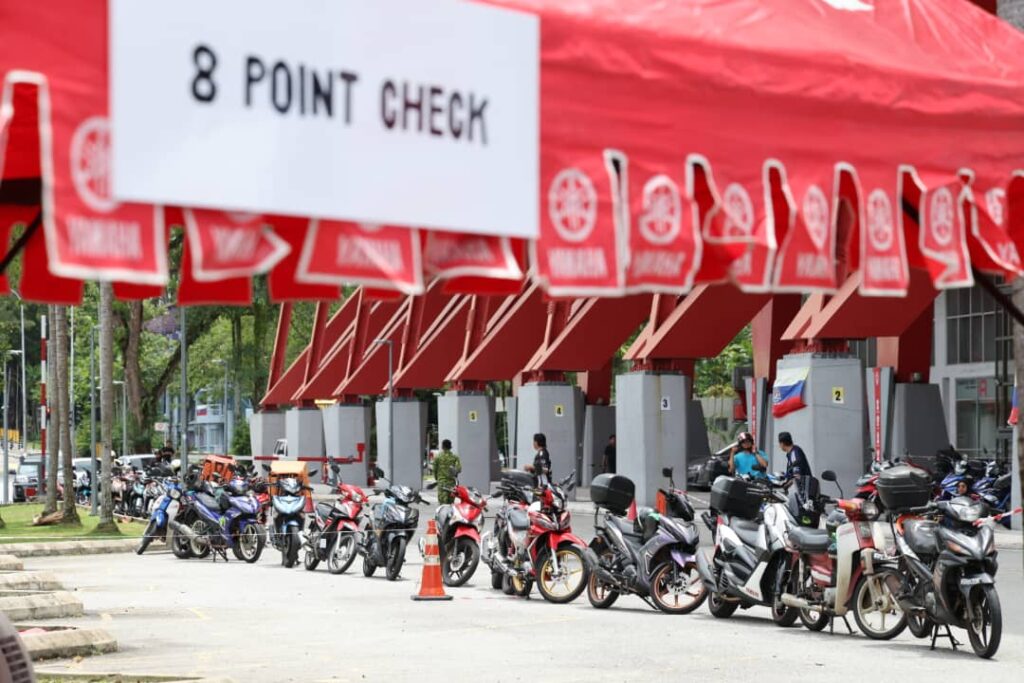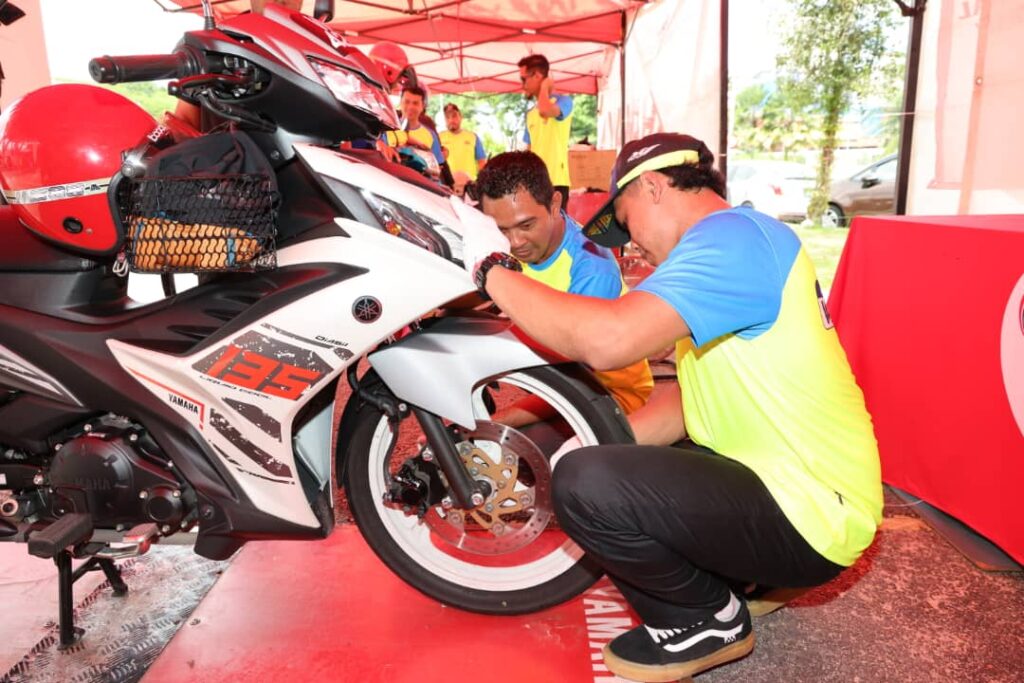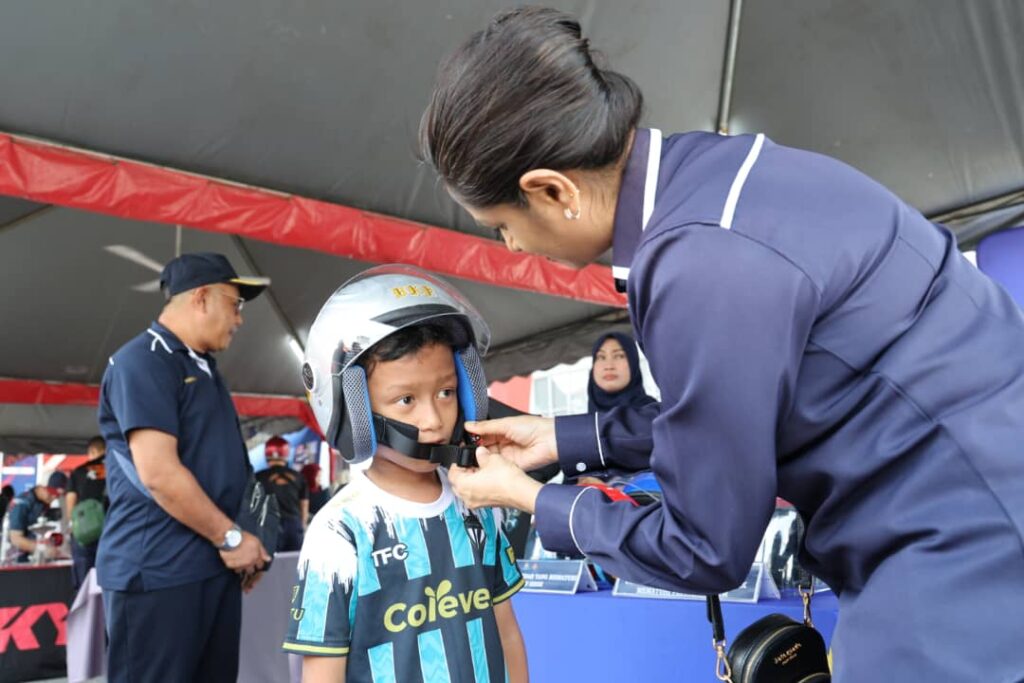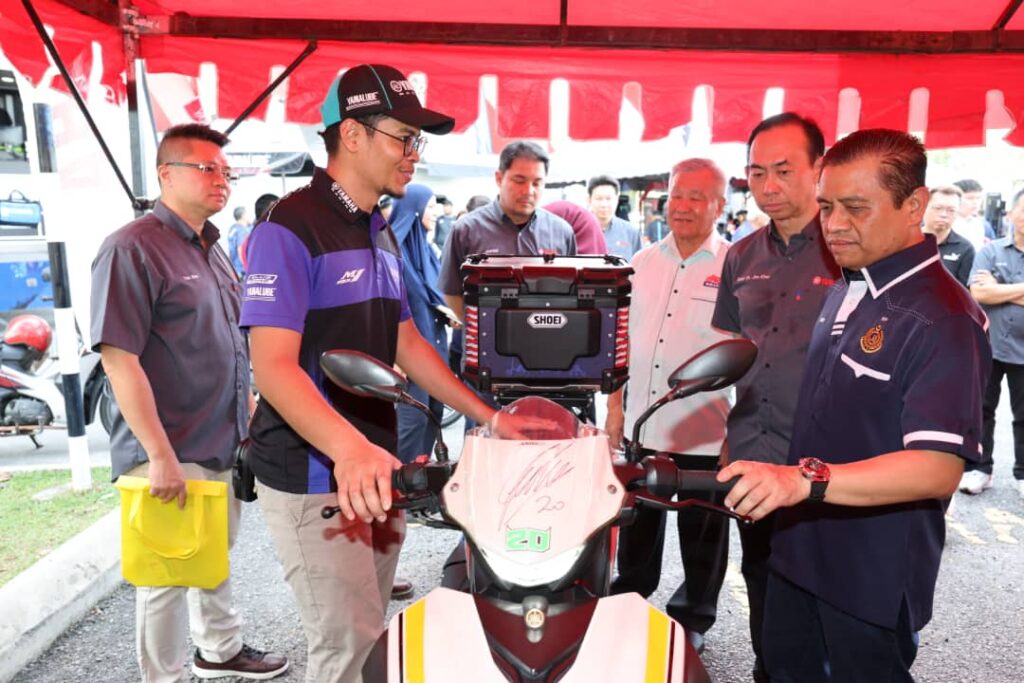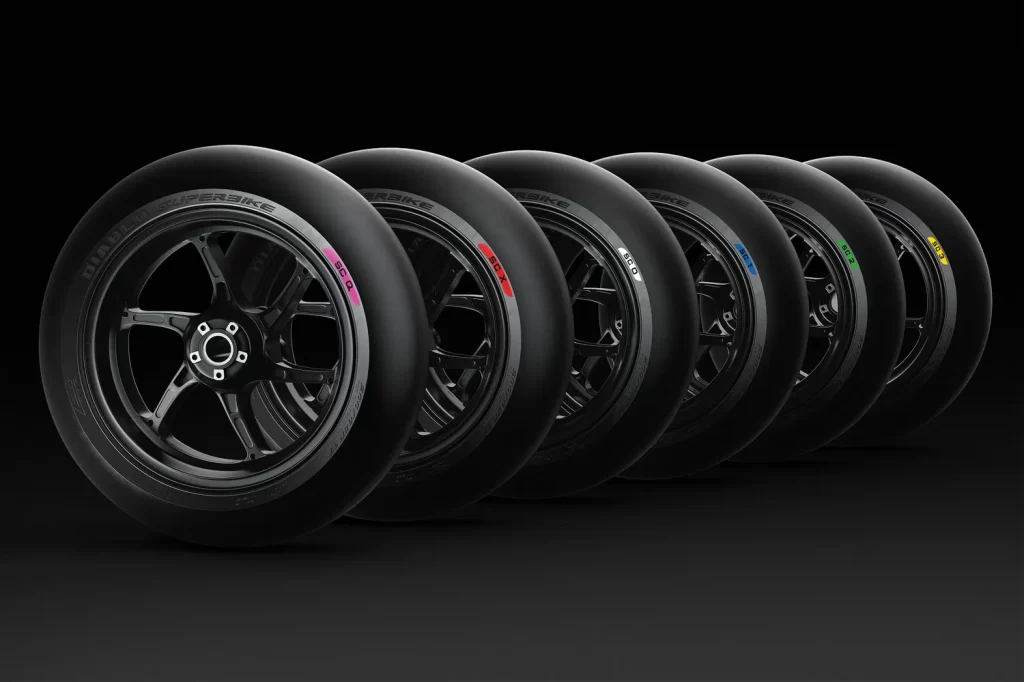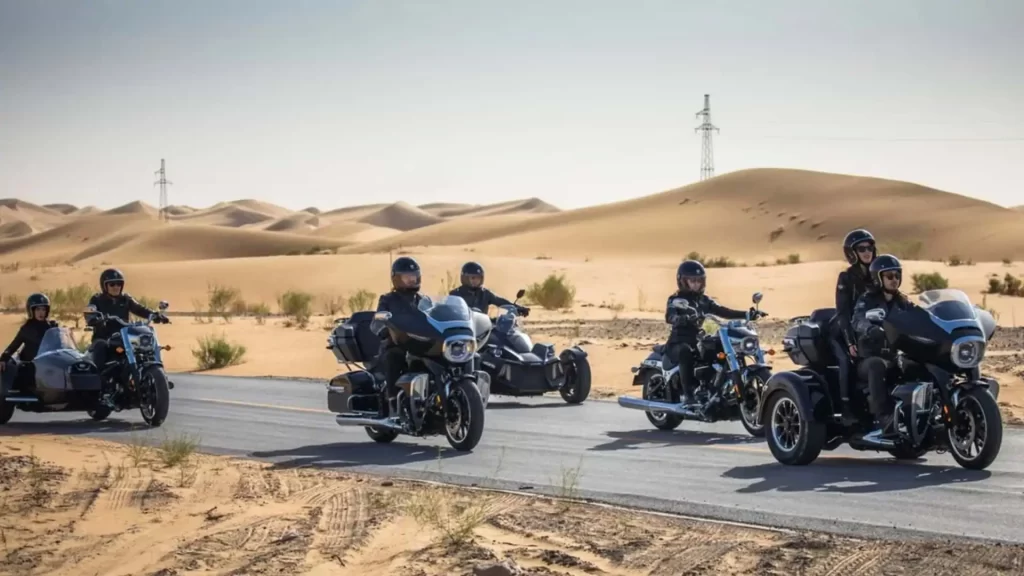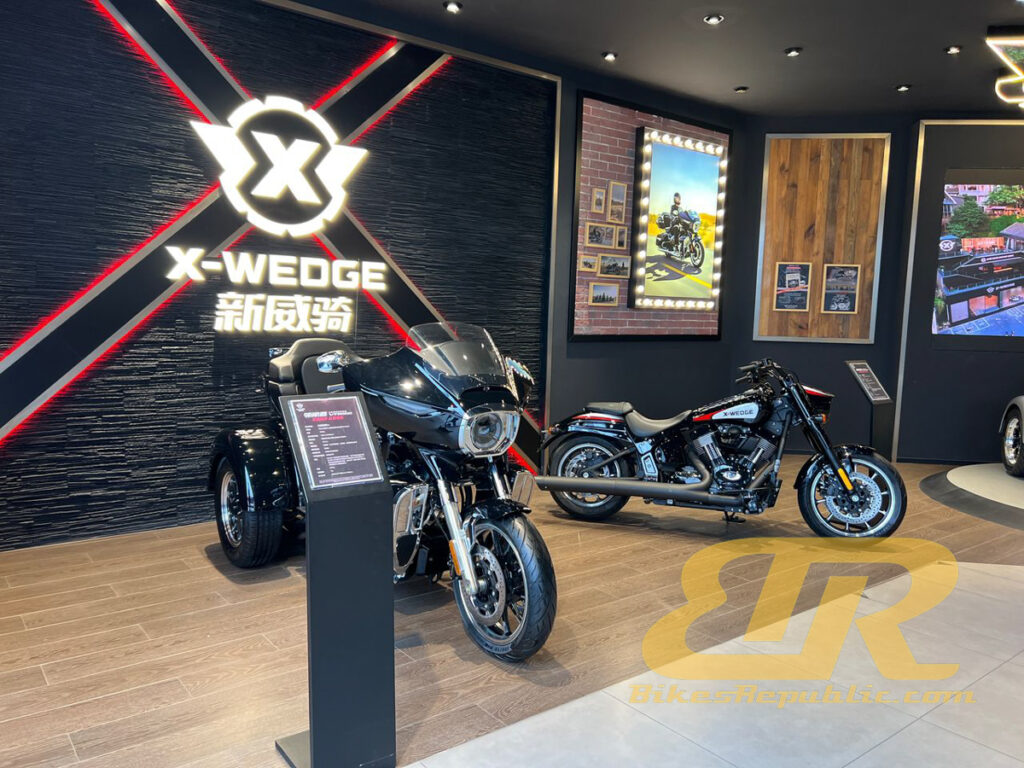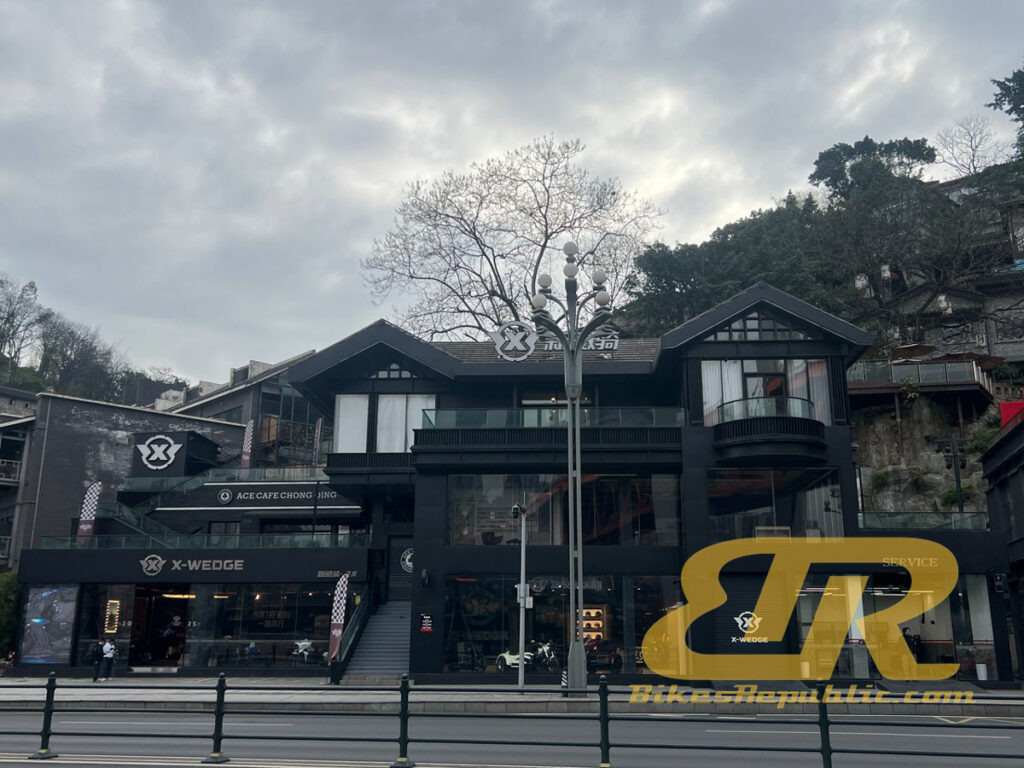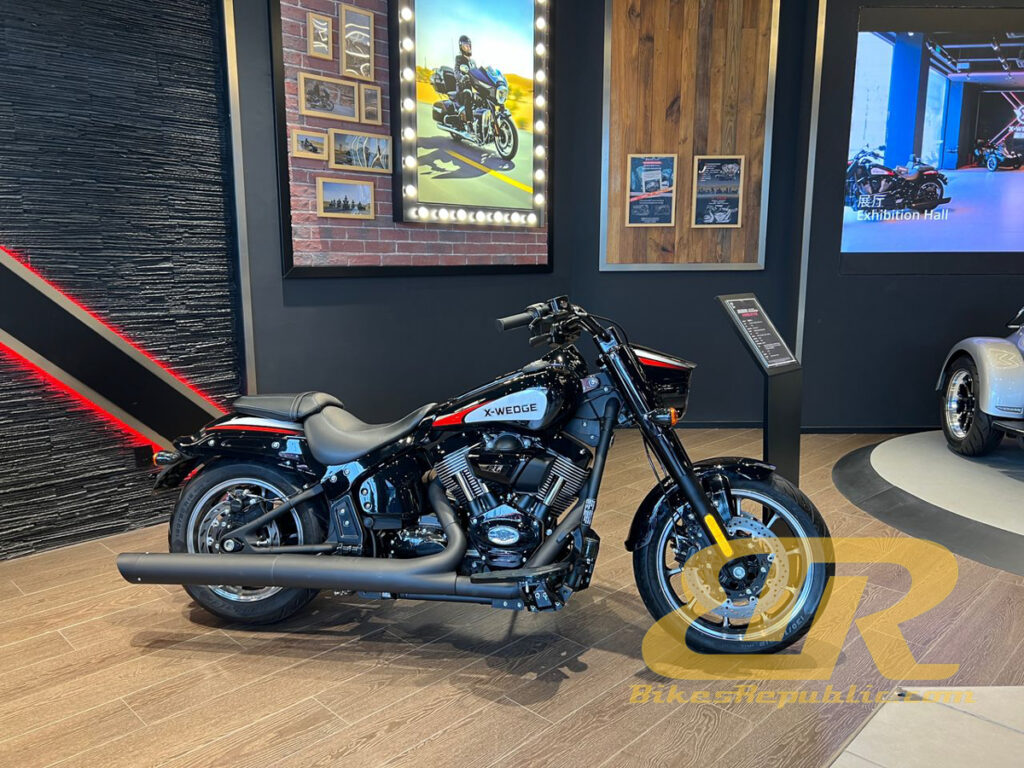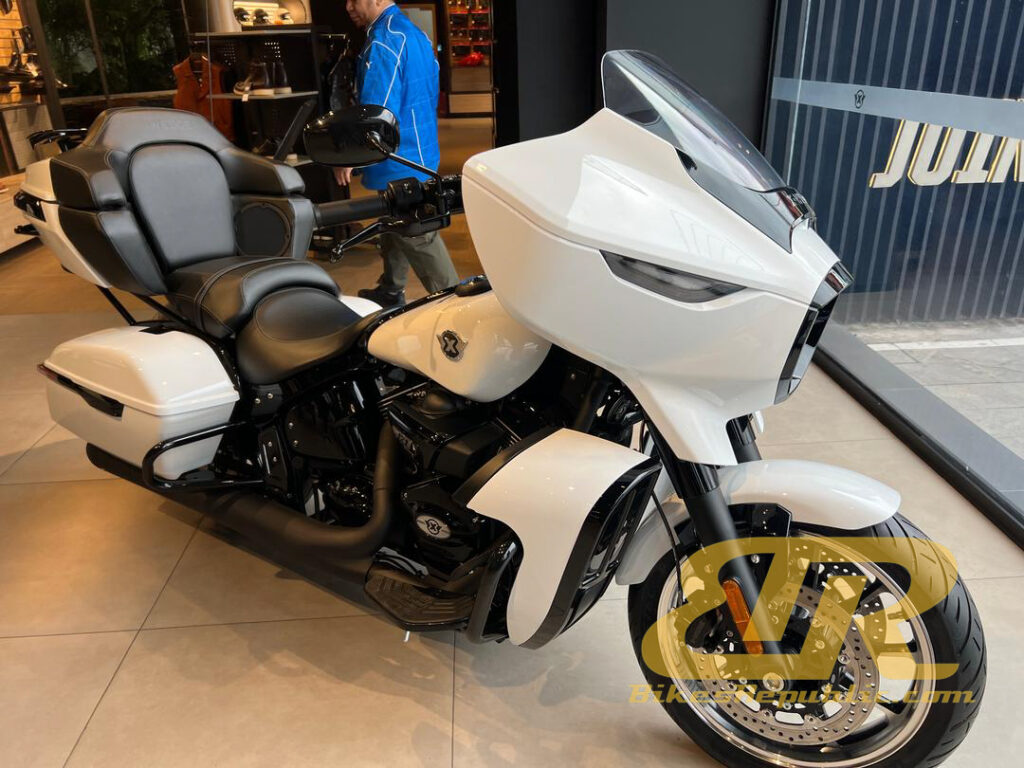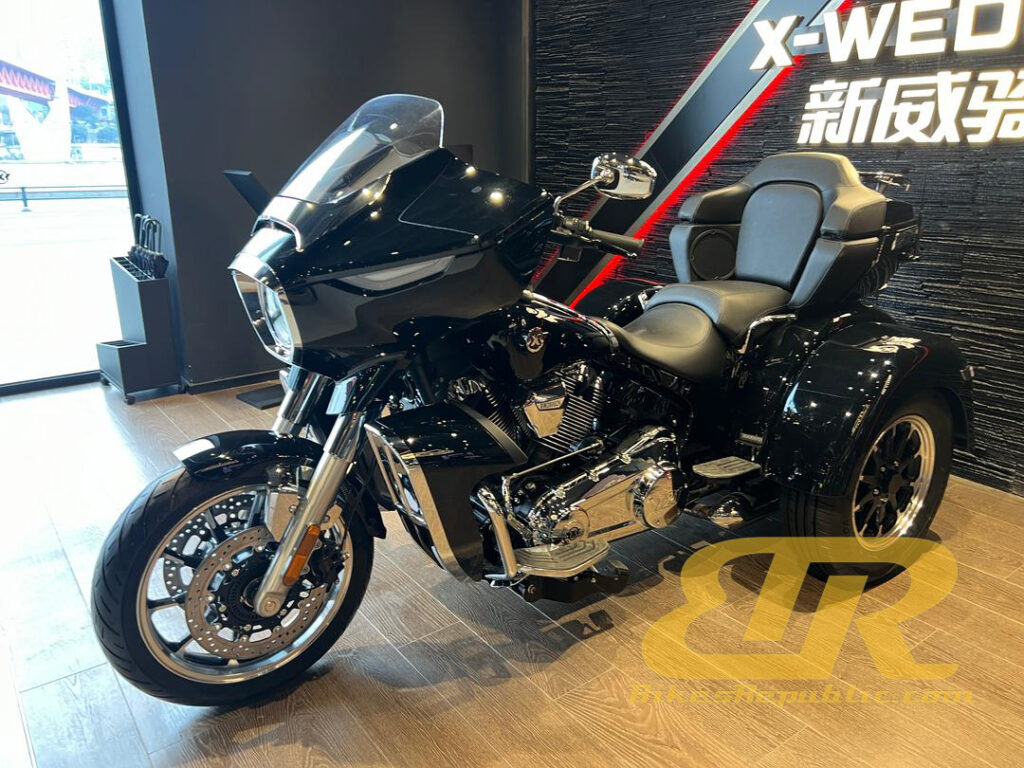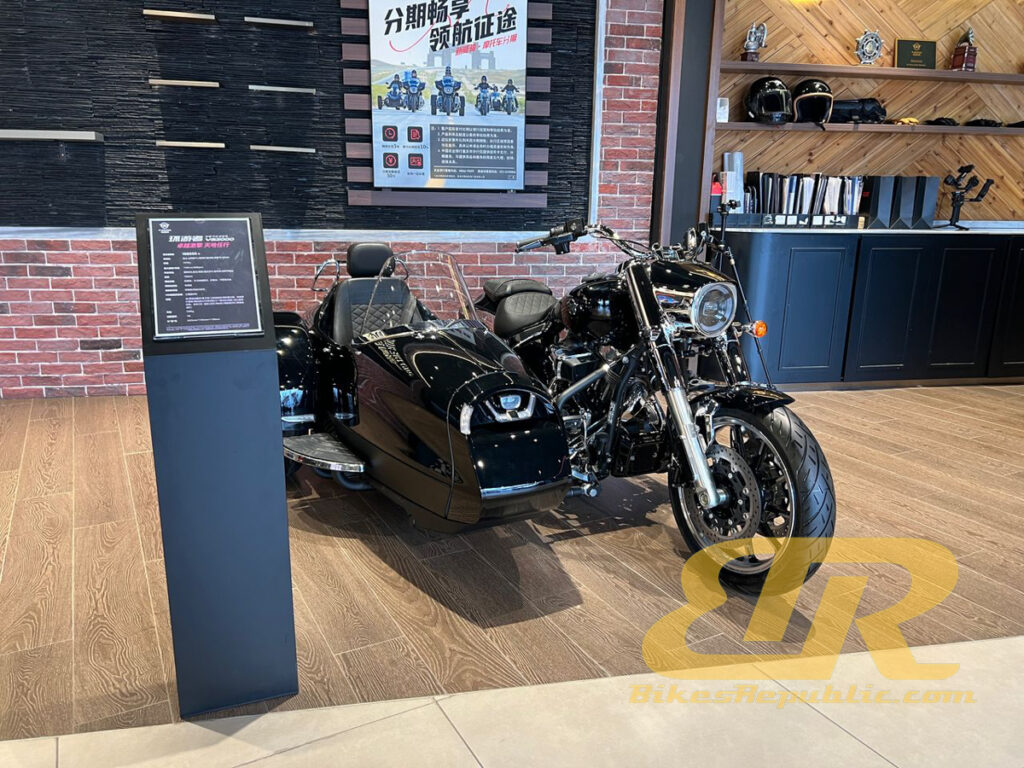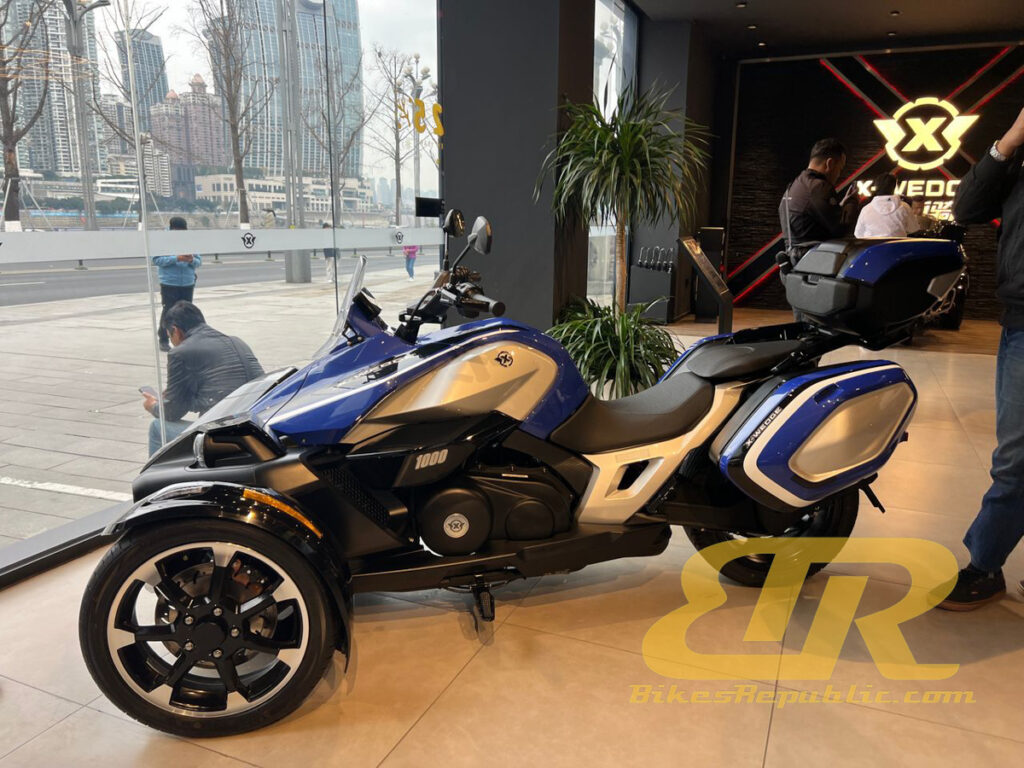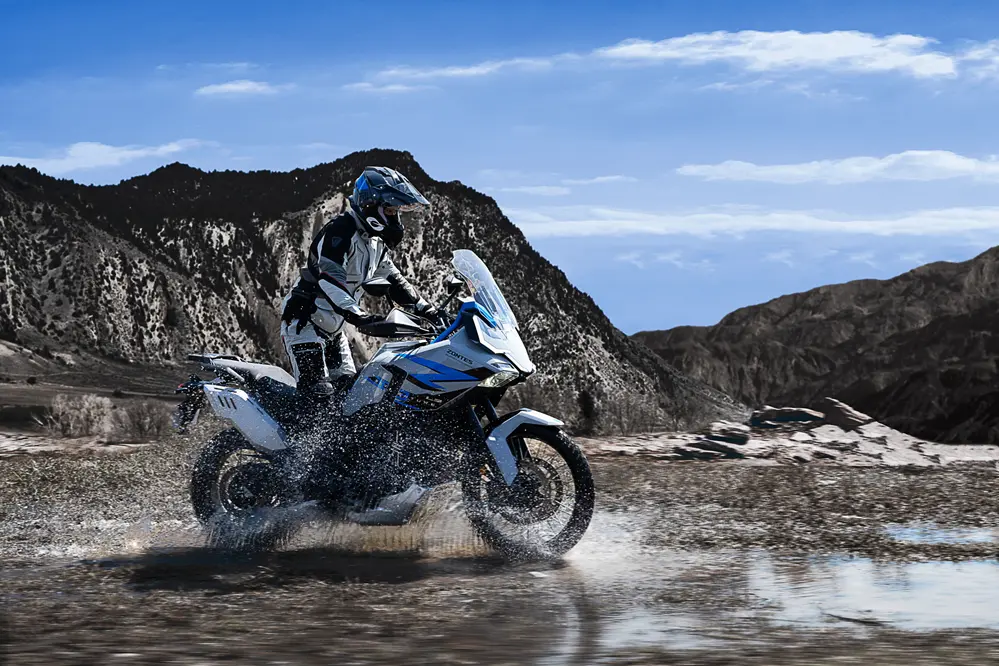The Royal Enfield Guerilla 450 is probably the most-awaited RE model since the Himalayan 450’s debut. It is now in Malaysia, selling from RM28,700.
Along with the Classic 350, the Guerilla 450 is the maker’s answer for those who seek a more accessible and cheaper, yet no less fun motorcycle to get around on. RE calls the Guerilla 450 a ‘roadster.’
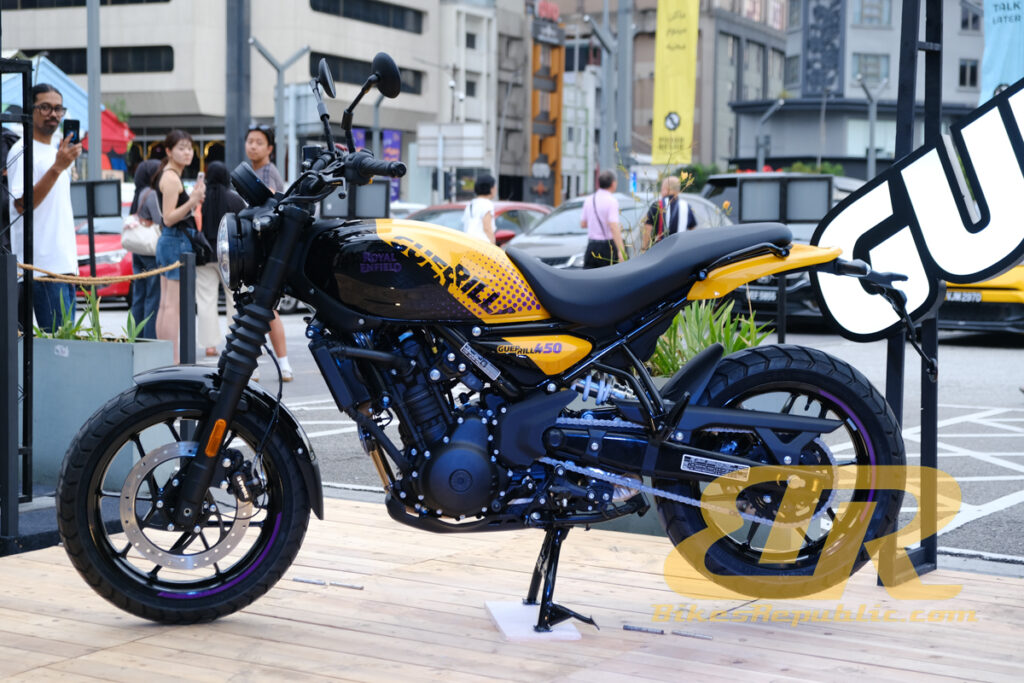
From the Press Release
The ‘All-Roadster’
The Guerrilla 450 premium roadster is engineered for all kinds of tarmac. With the characterful 452cc Sherpa engine tuned for exciting roadster performance, a steel twin spar tubular frame, a dynamic riding stance that allows upright posture or a slightly sporty lean-in, the Guerrilla 450 truly goes back to OG roadster basics. Its dynamic ergonomics and sprightly performance lend it unparalleled versatility and responsiveness that make for a delightful ride. Guerilla is eager and pliant to do it all, making it a true ‘all-roadster.’
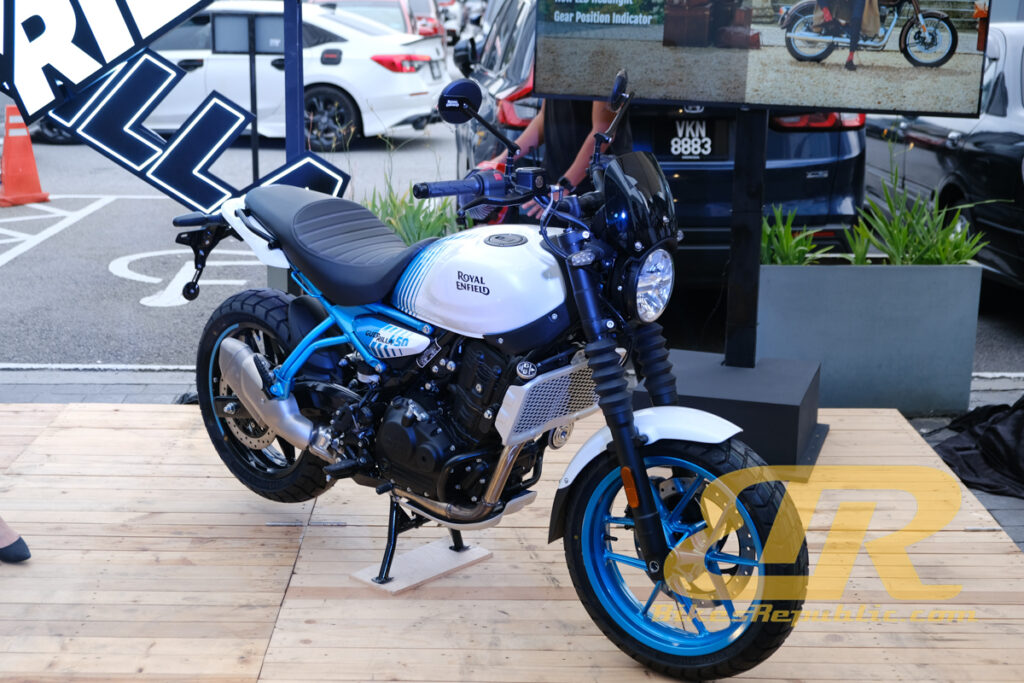
GRR – More growl for the prowl
The Guerrilla 450 is powered by the new and advanced 452cc single-cylinder liquid-cooled Sherpa engine and is engineered for an eager and spirited roadster performance. This powertrain debuted in the award-winning Himalayan 450 adventure tourer and has since gained huge appreciation. Equipped with a 4-valve DOHC setup, the Guerrilla 450 delivers an impressive 40 PS at 8,000 rpm and 40 NM of peak torque at 5,500 rpm, with more than 85% of this torque available starting at 3000 rpm. Its water-cooled system features an integrated water pump, twin-pass radiator, and internal bypass, ensuring optimal temperature control for peak performance in any condition. The 6-speed gearbox with assist and slip clutch enhances high-speed cruising comfort and adds an extra layer of safety that makes the Guerrilla 450 a true testament to Royal Enfield’s innovative spirit and engineering excellence.
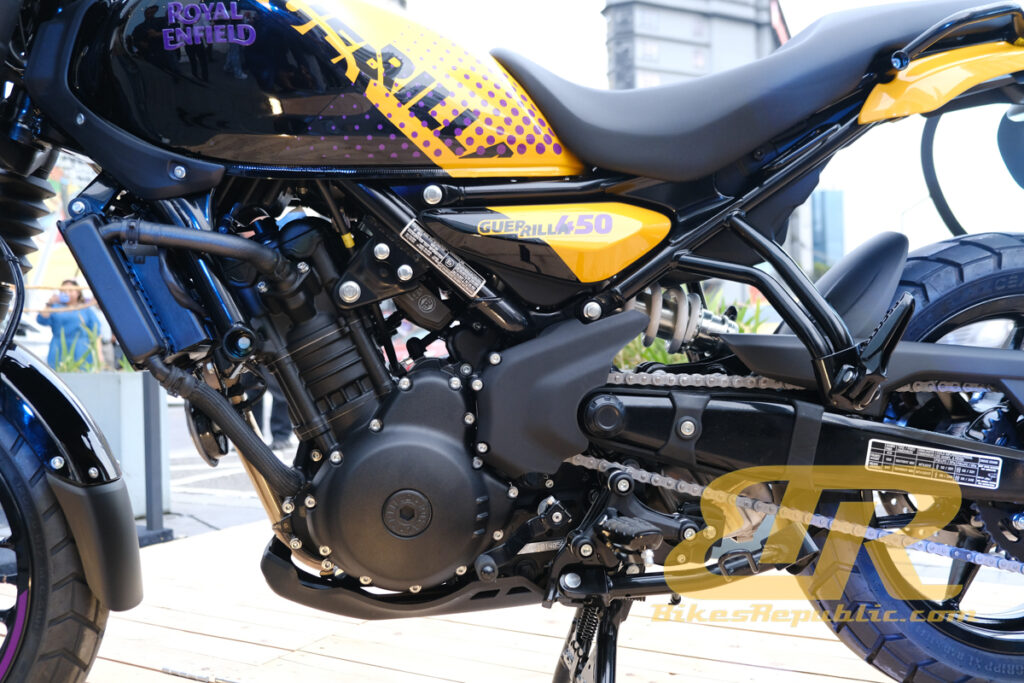
Return of the Real Roadster
The Guerrilla 450 is packed with sophistication, intuition and sensation. It features a stepped bench-seat, a 11 litre fuel tank, LED headlights, trafficators with integrated tail lamp, and an upswept silencer. Without any flashy features or pointless plastics, the Guerrilla has an athletic build with perfect angles, purposeful edges, and muscles in all the right places. Stripped of distractions and engineered with purpose and authenticity, the Guerrilla 450 pays homage to the OGs of roadsters.
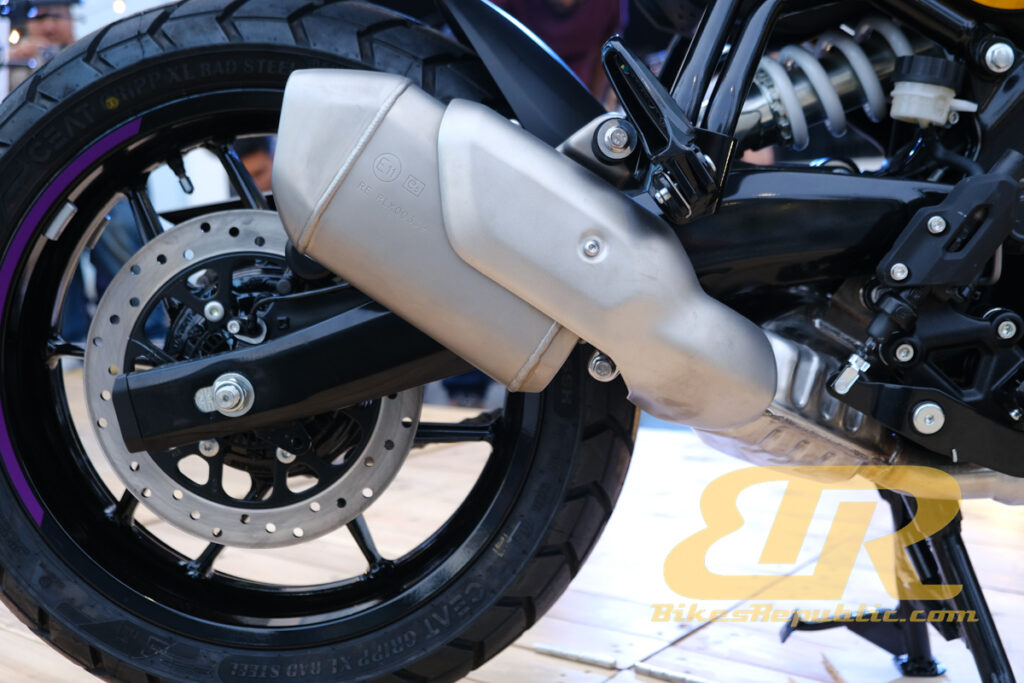
With its sleek design, performance-led riding geometry and premium build quality, the Guerrilla 450 challenges the norms, bringing a fresh approach to motorcycling. The ergonomics on the Guerrilla 450 are designed to work in harmony with different riding styles, enabling riders to handle everything from fast-flowing sweeping open roads, to tight technical switchbacks. The rider geometry ensures that the stance remains upright thanks to the low seat and mid-set footpegs. With a dynamic chassis the Guerrilla 450 is engineered for agility and quick handling, offering stable yet light handling and easy manoeuvrability. The 43mm telescopic front fork and linkage-type mono-shock at the rear boost rider confidence without sacrificing comfort. Paired with 17-inch front and rear tubeless tires and 1440 mm wheelbase, the motorcycle maintains exceptional stability and control, ensuring a planted and stable, yet nimble ride.
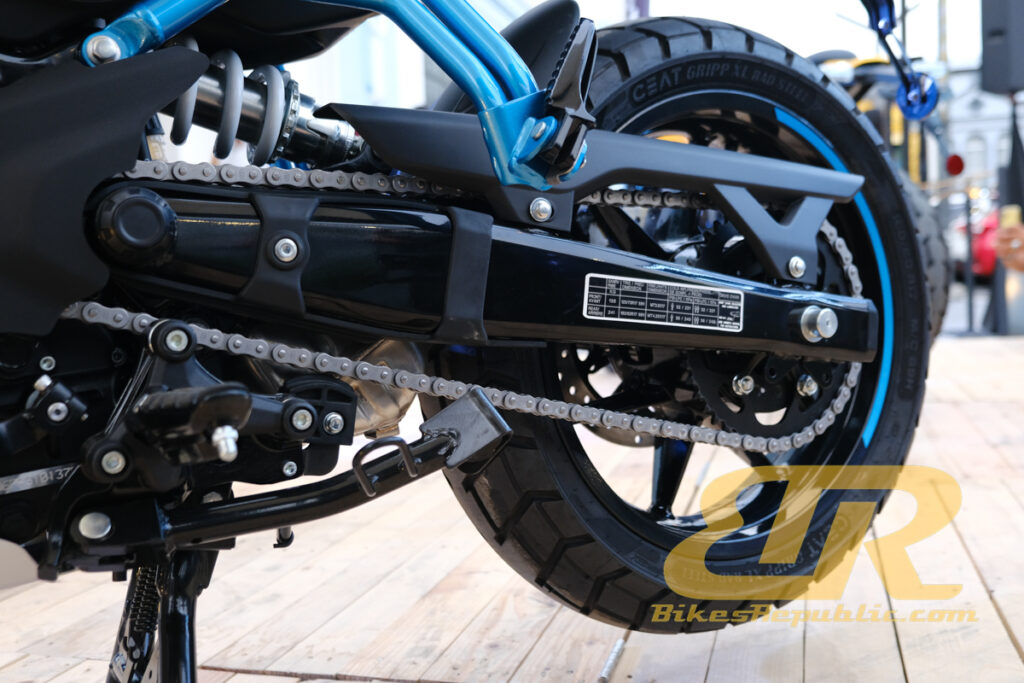
Switch moods. Switch Modes
The Guerrilla 450 offers a dynamic riding experience tailored to the moods of the rider, thanks to its ultra-responsive Engine Management System (EMS) and ride-by-wire technology. With Performance Mode and Eco Mode, the rider can change the throttle response to suit their mood and riding conditions. The top and mid variant of the Guerrilla comes with the new Tripper Dash, a 4-inch infotainment cluster that offers a simple, intuitive user interface. This delivers crucial information exactly when needed, without overwhelming the rider. Featuring full map navigation powered by Google Maps with audio guidance in over 120 languages, the Guerrilla 450 ensures seamless journeys, on familiar routes or new ones. Riders can choose between analog and digital displays, with a dark mode option for optimal legibility in all conditions. Beyond navigation, the interface offers music control, weather forecasts, and comprehensive vehicle information.
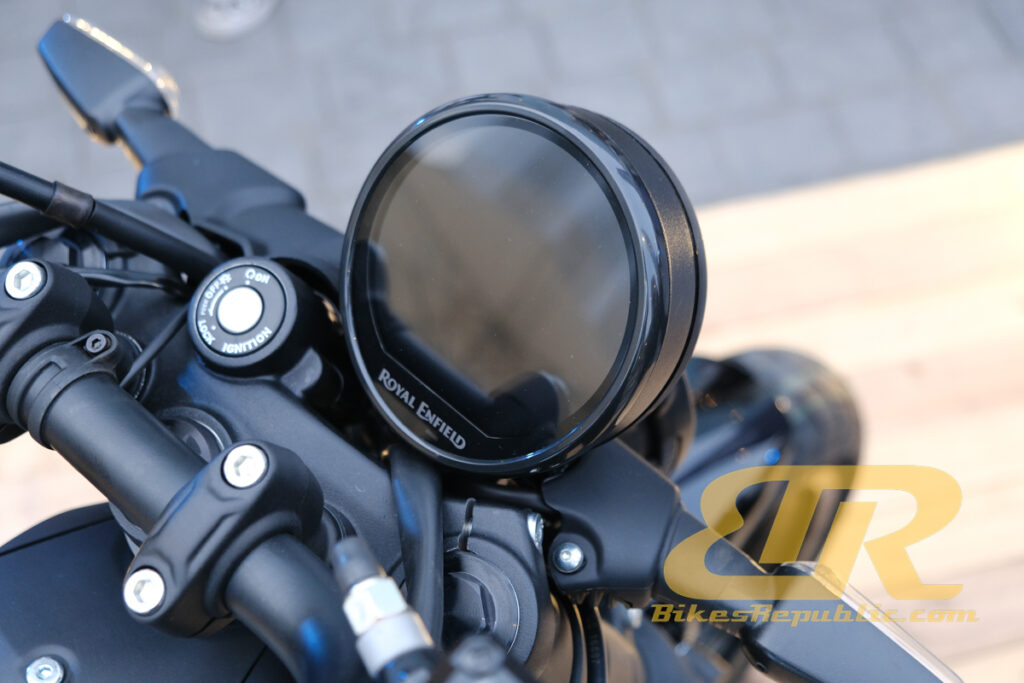
Royal Enfield GMA and Apparel
Genuine Motorcycle Accessories (GMA) for the Guerrilla 450 are meticulously crafted, elevating style and functionality. Inspired by Urban and Flat-Track themes, the accessories include large engine guards and sump guards, urban seat that adds to style and better saddle comfort, and tinted flyscreen and blacked out mirrors that enhance ride experience. One can opt for bench seat, bar-end mirrors with supporting mounts, halcyon black instrument cowls and black headlight grill for enhanced ride and aesthetics. The Guerrilla 450 comes with versatile luggage solutions like soft panniers for city adventures.
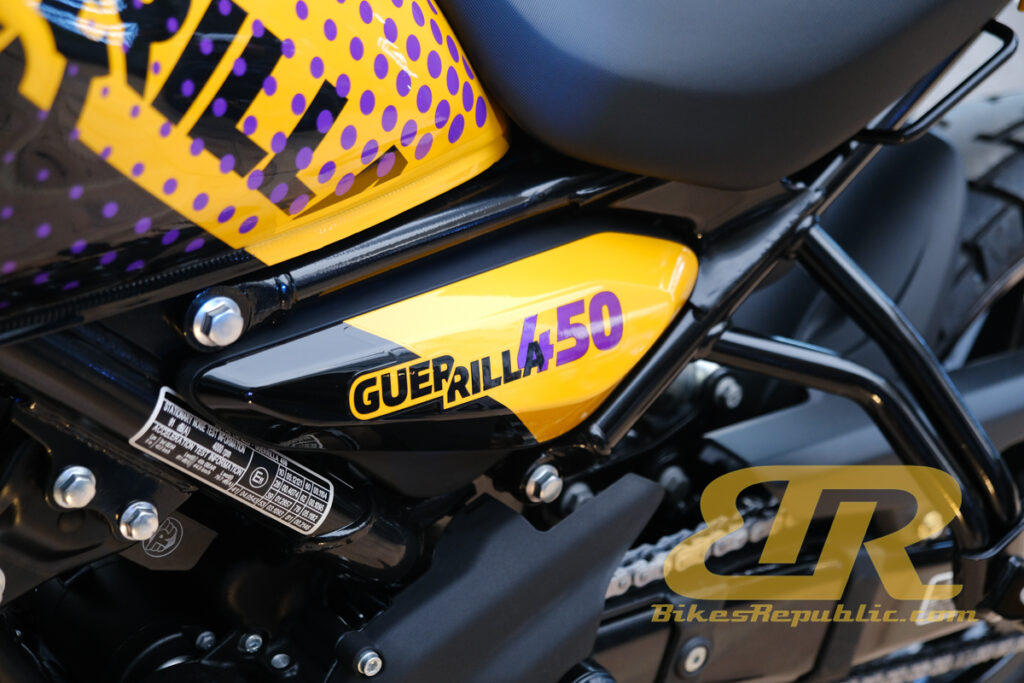
The Guerrilla 450 apparel range denotes Royal Enfield’s take on urban moto-culture. The T-shirts, caps and headgears are specially designed to appeal to the growing community of young and style-conscious riders. With the launch of the Guerrilla 450 roadster, Royal Enfield has introduced a new Crossroader riding jacket – India’s first riding jacket with 100% Titanium sliders. The jacket offers superior air-flow with dual-sport fitting thereby encouraging riders to explore the streets with safety, comfort and style.
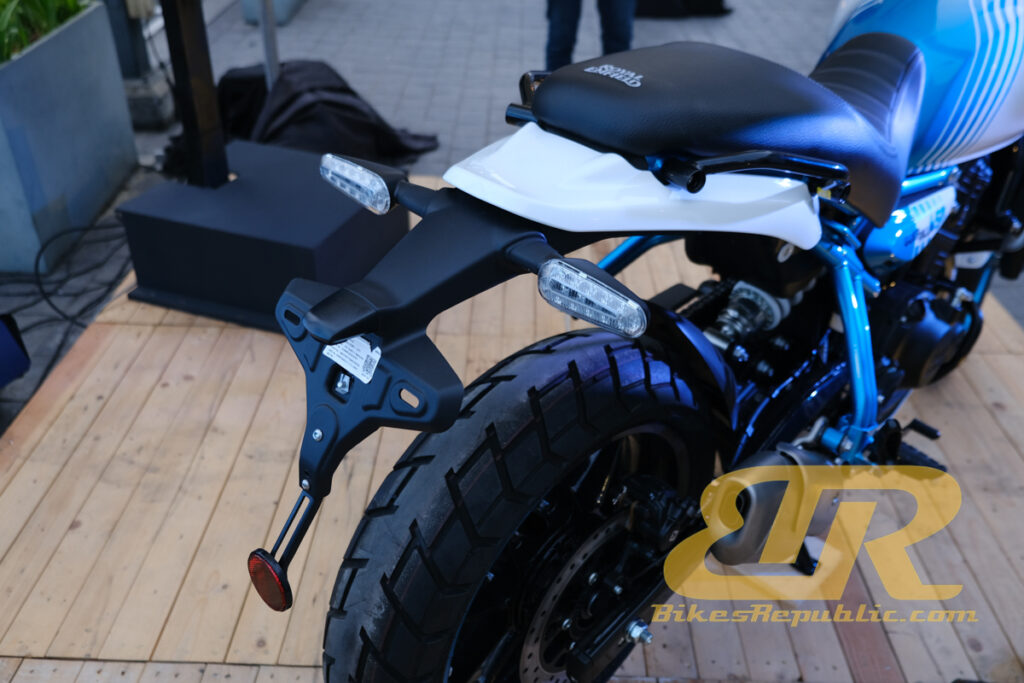
In Malaysia, the Guerrilla 450 will be launched with Flash, featuring the colors Yellow Ribbon and Brava Blue with top specs. The selling price for both variants is RM 28,700.
Photo gallery










































